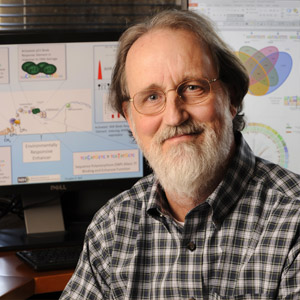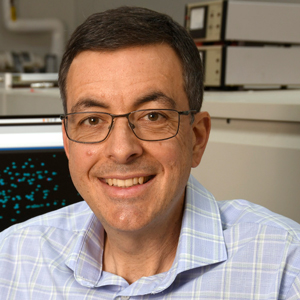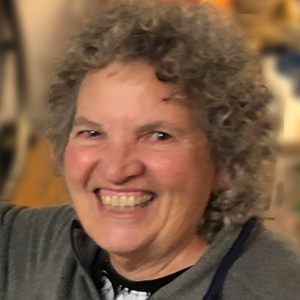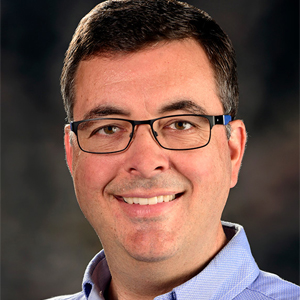Following his Jan. 3 retirement, Senior Investigator Robert London, Ph.D., became the latest NIEHS researcher to attain the status of Scientist Emeritus. The title is awarded to distinguished National Institutes of Health (NIH) scientists who retire but want to continue doing research.
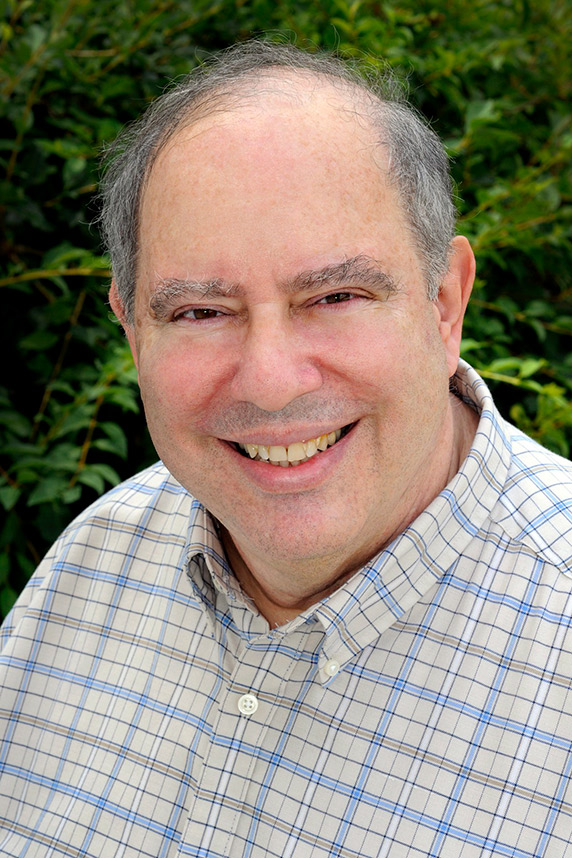 'I would like to express my great appreciation to my many talented and dedicated coworkers and to the series of supervisors who have been so patient and supportive,' London said. (Photo courtesy of Steve McCaw)
'I would like to express my great appreciation to my many talented and dedicated coworkers and to the series of supervisors who have been so patient and supportive,' London said. (Photo courtesy of Steve McCaw)Although he has handed over the responsibilities of running the Nuclear Magnetic Resonance (NMR) Group to long-time group member and staff scientist Geoff Mueller, Ph.D., London will keep thinking about questions of interest to NIEHS scientists.
'I hope to continue to interact with other NIEHS researchers on projects that involve NMR spectroscopy or perhaps other projects that we have worked on over the years,' London said. 'At the same time, I view the transition to the retired state as a commencement marking the start of a new and less structured lifestyle.'
Los Alamos National Laboratory
Upon receiving his doctorate in biophysical chemistry from the University of Illinois in January 1973, London moved to New Mexico to begin a postdoctoral fellowship at Los Alamos National Laboratory. He joined a group headed by the late Nicholas Matwiyoff, Ph.D., which separated stable isotopes of carbon, oxygen, and nitrogen and had built one of the first Fourier Transform NMR spectrometers before they were commercially available. Isotopes are alternate forms of a chemical element with a different molecular weight.
London’s studies demonstrated the usefulness of stable isotopes as probes of biologically interesting molecules. The work led to his appointment as a staff scientist and eventually a lead researcher in the Department of Energy and NIH-supported programs.
London later became head of the Los Alamos National Stable Isotope Resource, which was the national center for production of rare, stable isotopes of carbon, nitrogen, and oxygen. London said NMR was an ideal tool because only the rare nitrogen-15 and carbon-13 isotopes have nuclear spin, making them optimal for NMR investigations.
'These isotopes have found multiple applications in basic biological and applied biomedical research,' London said.
At NIEHS
Near the end of 10 exciting years at Los Alamos, London started thinking about moving back East. One day, this native New Yorker was talking to colleague James Ferretti, Ph.D., about the best places to do research. Ferretti reportedly said, 'NIH is an institution that’s actually run by scientists, so it offers a wonderful environment for research.'
It turns out NIH had its sights on London, too. In 1983, the late Colin Chignell, Ph.D., was chief of the NIEHS Laboratory of Molecular Biophysics. He had been reading London’s work and was keen on recruiting him. Chignell’s efforts were successful, because London came to Research Triangle Park, North Carolina and began work at the institute by the end of that year.
Legacy of research and comradery
The NMR group has been involved in numerous discoveries, including developing tools to measure calcium and magnesium levels in cells and whole organs. The research led to a better understanding of what happens during heart injury. London’s work also demonstrated that intracellular metabolites and proteins can sometimes be observed, paving the way for in vivo NMR spectroscopy.
Over the years, the NMR Group has seen postdocs, students, and staff come and go, with each one taking away fond memories of working with London. Biologist Scott Gabel was present at the groundbreaking for the NMR facility at NIEHS. “Bob has been a wonderful PI [principal investigator] to work for,” Gabel said. “He is caring, funny, and extremely generous in crediting others.” Mueller echoed his sentiments by saying, “Bob is brilliant and always has a unique perspective on science and life.”
The NMR Group is part of the NIEHS Genome Integrity and Structural Biology Laboratory. Lab chief, Bill Copeland, Ph.D., has had the pleasure of watching London’s work up close.
'It's been a delight to have such a world expert in NMR at the NIEHS,' Copeland said. 'His sharp-witted and clever intellect has made science at NIEHS enjoyable and rewarding.'






